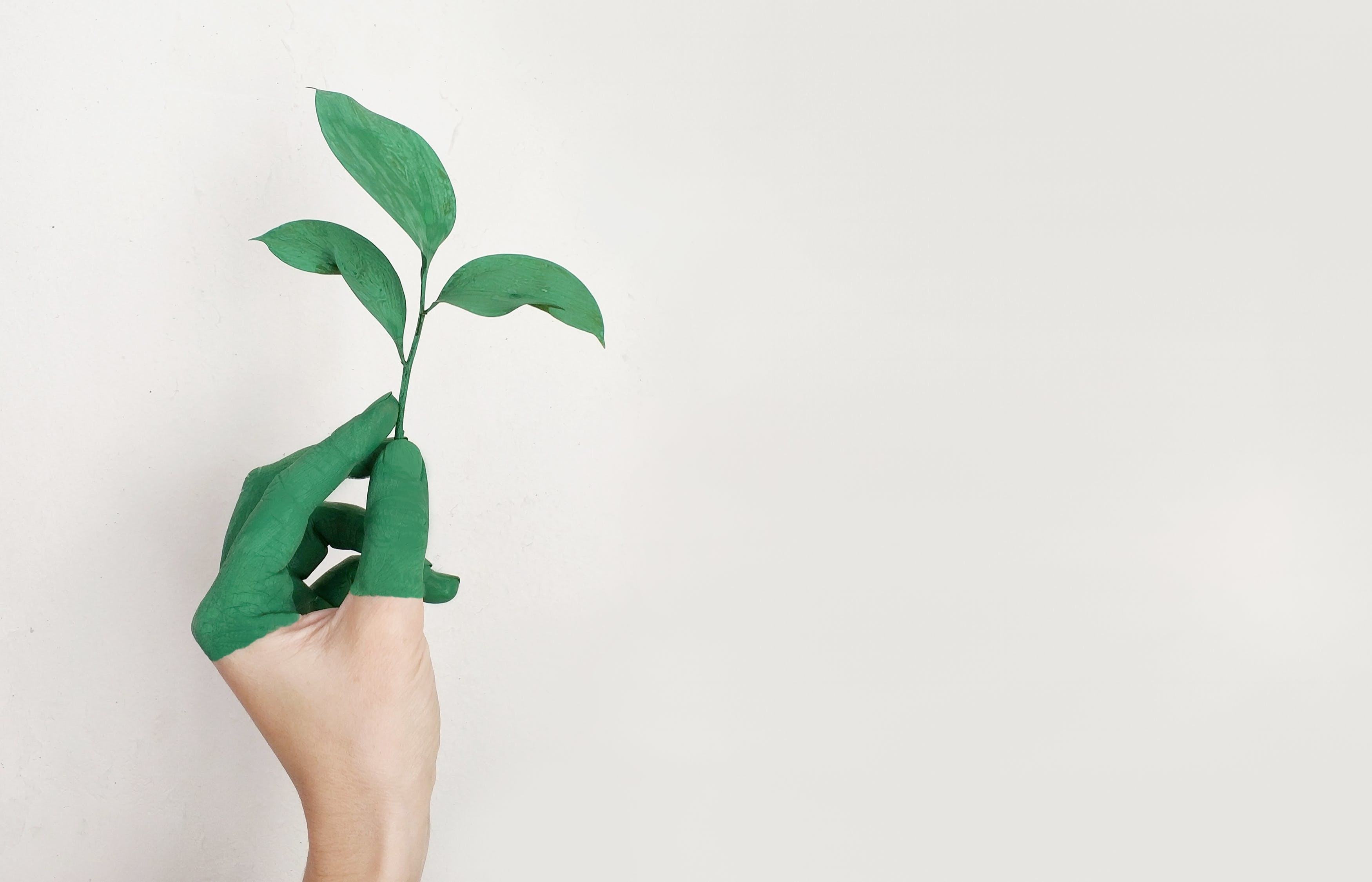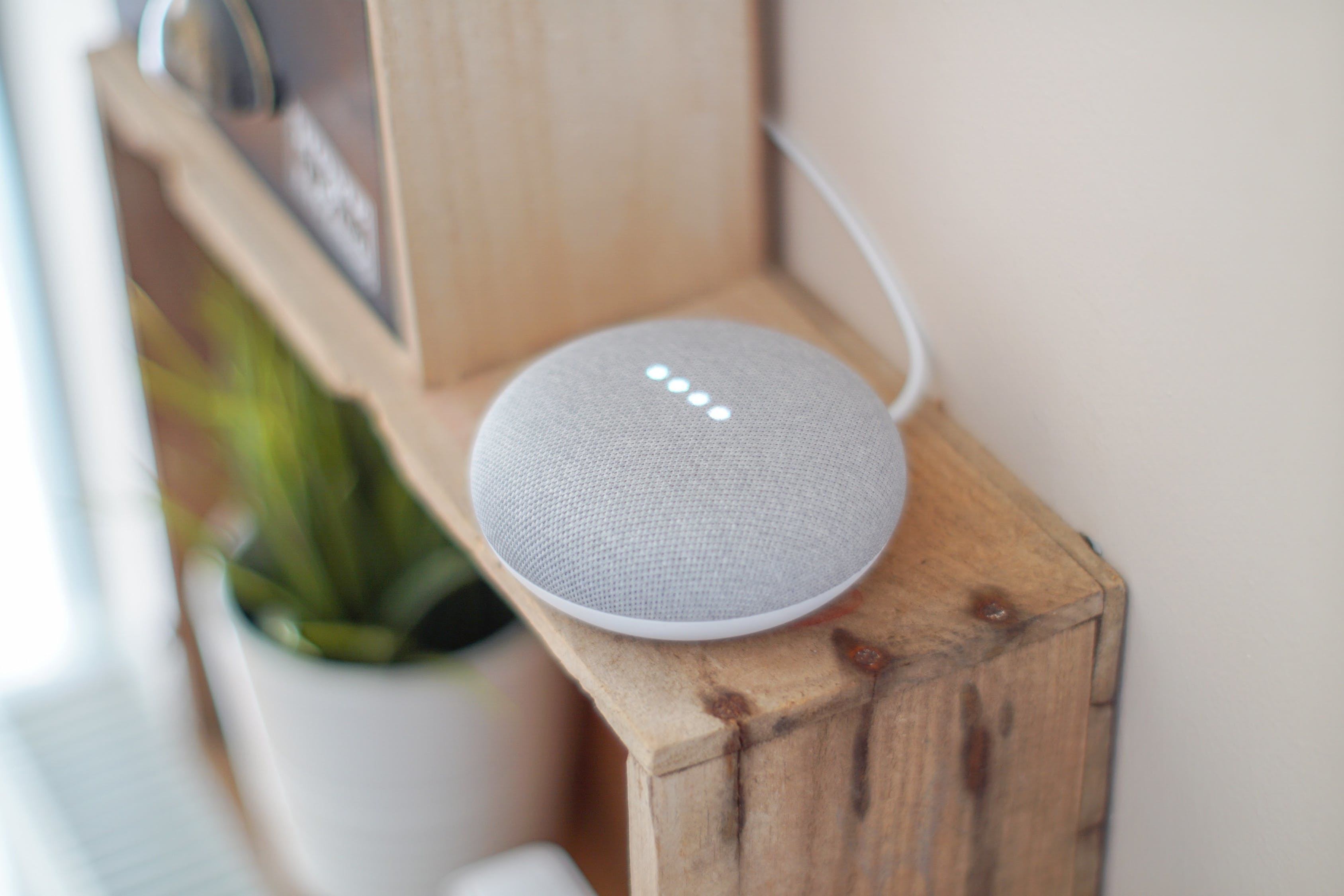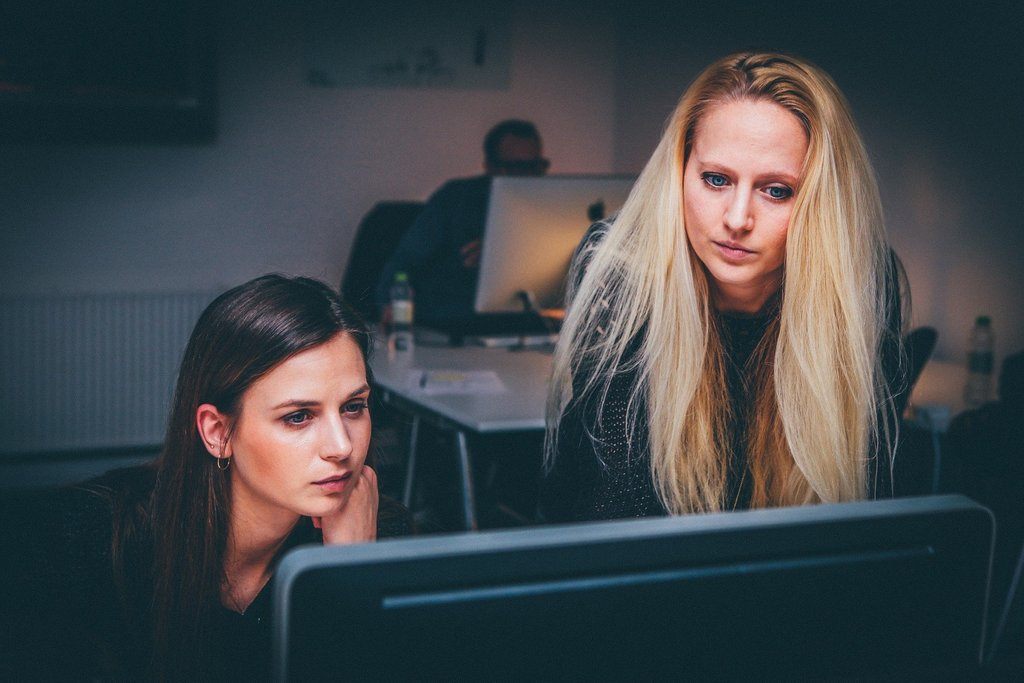So-long 2019, the roaring ’20s are here!
2020 doesn’t just bring us a shiny new decade, but it also brings a wave of new trends and ideas. Here are the top five workplace trends that are set to pave the way in 2020.
[thrive_headline_focus title=”1. Sustainability” orientation=”center”]
 As the planet careens towards a point of no return, more and more companies are realising that adopting green and sustainable policies is essential. A 2019 study by HP found that 61% of participants believe business sustainability is mandatory, with 46% going as far as saying they would only work for companies with sustainable business practices. This shows that if companies want to retain their taskforce, they need to make 2020 a green year or risk poor workforce satisfaction and high staff turnover.
As the planet careens towards a point of no return, more and more companies are realising that adopting green and sustainable policies is essential. A 2019 study by HP found that 61% of participants believe business sustainability is mandatory, with 46% going as far as saying they would only work for companies with sustainable business practices. This shows that if companies want to retain their taskforce, they need to make 2020 a green year or risk poor workforce satisfaction and high staff turnover.
HP aren’t the only major player looking at sustainability in 2020. Since 2013, Dell have been working on their 2020 Legacy of Good Plan, and they have now released their new goals for 2030 which include sourcing 75% of electricity from renewable sources across all Dell facilities by 2030, and reducing Scopes 1 and 2 greenhouse gas emissions by 50% by 2030.
While companies like HP and Dell are able to make changes on a large scale, there are still plenty of changes that small organisations can implement in 2020. There is now a host of different accountancy software that will allow you to email staff their payslips, or even have them receive their payslips automatically through an app. This not only cuts down overheads but is also a greener more sustainable option as opposed to printing out individual payslips each month. Using an online task management tool like Trello or Taskworld helps to eliminate the use of post-it notes, paper reports and physical project trackers in the office. You might not use masses of paper in this way, but these small changes and tweaks towards a paperless environment can have a sustainable impact.
The physical environment of offices can also be tweaked to operate in a more eco-friendly way. LED light bulbs have been around for a little while now. They’re brighter than traditional bulbs, last way longer, and use a lot less energy. Historically they were prohibitively expensive, meaning that replacing all bulbs in the workplace would be particularly expensive. More recently though, costs have come down considerably which, coupled with the energy savings, means we may well be seeing more offices switch to this eco option.
[thrive_headline_focus title=”2. Smart technology” orientation=”center”]
 Throughout 2019, we began to see Alexas and Google Homes moving from the realm of home technology and popping up in offices. From controlling the music you’re subjecting your coworkers to or checking the weather from your desk (no one wants to go for lunch in the rain), smart speakers are only going to grow in popularity in 2020.
Throughout 2019, we began to see Alexas and Google Homes moving from the realm of home technology and popping up in offices. From controlling the music you’re subjecting your coworkers to or checking the weather from your desk (no one wants to go for lunch in the rain), smart speakers are only going to grow in popularity in 2020.
Sign-in solutions are a smart and modern alternative to the visitor book. Digital sign-in systems, like VisiPoint, mean that employees can clock in and out with ease, and HR can product timesheet reports in seconds. Sign-in systems offer a range of benefits from providing a more streamlined, user-friendly experience on a day-to-day basis, to ensuring your reception is compliant with GDPR, and ensuring your fire marshalls can easily access a list of everyone in the building in an emergency situation.
We mentioned lighting when talking about sustainability, but lighting is also changing with smart tech. Smart bulbs such as Philips Hue give the ability to schedule timings and control lighting remotely. Rushed out to a meeting and accidentally left a light on in an empty office? With smart bulbs, you are able to turn your lights off via an app saving money and resources.
Similar to smart lighting, smart heating is also likely to gain more mainstream adoption in 2020. Systems like tado° use geofencing to know if anyone is in the building, and will automatically turn the heating off when the office is empty. But even more impressive than that is the fact they can turn the heating on when you’re getting close, meaning you never have to turn up to a cold office again!
[thrive_headline_focus title=”3. Employee wellbeing” orientation=”center”]
 We’re beginning to see a shift in workplace values, with more emphasis being put on employees’ mental and physical health, and we expect this to continue in 2020. Microsoft Japan jumped on this trend early by trialling a four-day work week in 2019, and they found that productivity actually increased by 40%! In 2018, a company in New Zealand ran a similar trial and found that staff stress levels decreased by 7%. With results like these, we expect this kind of flexible working strategy to be adopted more widely in 2020.
We’re beginning to see a shift in workplace values, with more emphasis being put on employees’ mental and physical health, and we expect this to continue in 2020. Microsoft Japan jumped on this trend early by trialling a four-day work week in 2019, and they found that productivity actually increased by 40%! In 2018, a company in New Zealand ran a similar trial and found that staff stress levels decreased by 7%. With results like these, we expect this kind of flexible working strategy to be adopted more widely in 2020.
We’re also expecting to see a big change in how mental health is addressed in the workplace. A recent study from PwC and USC found that while 75% of employers offer mental health programs, 81% of employees have not sought treatment for mental health issues in the last five years. This is due to the fact that there is still a stigma attached to discussing mental health. To assist their employees, PwC offer mental health coaching virtually. Employees can text a mental health professional and communicate with them 24/7. Making help available in an easy and confidential way like this works towards overcoming any stigma and can make a huge difference to those who need help. We hope that more companies will adopt wellbeing practices like this in 2020.
[thrive_headline_focus title=”4. Gender equality” orientation=”center”]
 The campaign for gender equality is not new. From the Shakers in the 1700s to the suffrage of the 19th century, this has been an ongoing battle. We’re still not there yet, but change is on the horizon and 2020 may be the year we see a real difference. With a younger workforce coming in (see trend number five), we are likely to see more progressive values, including a push for gender equality. And with studies such as this one from Ernst & Young showing that women actually make a business more profitable, even those people who only care about their profit margins will have to concede that diversity is a good thing.
The campaign for gender equality is not new. From the Shakers in the 1700s to the suffrage of the 19th century, this has been an ongoing battle. We’re still not there yet, but change is on the horizon and 2020 may be the year we see a real difference. With a younger workforce coming in (see trend number five), we are likely to see more progressive values, including a push for gender equality. And with studies such as this one from Ernst & Young showing that women actually make a business more profitable, even those people who only care about their profit margins will have to concede that diversity is a good thing.
[thrive_headline_focus title=”5. New generation” orientation=”center”]
 Born between the mid-90s and early 2010s, the oldest Generation Z babies are now in their 20s. While there have been some Gen Z babies in the workforce for a couple of years now, 2020 is going to see an influx with more of them graduating and starting work for the first time. In fact, it’s predicted that this year Generation Z will account for up to 36% of the global workforce. Born into a world already dominated by technology, Gen Z babies are more computer literate than previous generations. With this influx of tech-savvy young blood, and the rapid retirement of baby boomers, it’s likely we will see a major shift if how offices are run. Expect to see a focus on tech-based solutions, ethical policies, and flexible working.
Born between the mid-90s and early 2010s, the oldest Generation Z babies are now in their 20s. While there have been some Gen Z babies in the workforce for a couple of years now, 2020 is going to see an influx with more of them graduating and starting work for the first time. In fact, it’s predicted that this year Generation Z will account for up to 36% of the global workforce. Born into a world already dominated by technology, Gen Z babies are more computer literate than previous generations. With this influx of tech-savvy young blood, and the rapid retirement of baby boomers, it’s likely we will see a major shift if how offices are run. Expect to see a focus on tech-based solutions, ethical policies, and flexible working.
